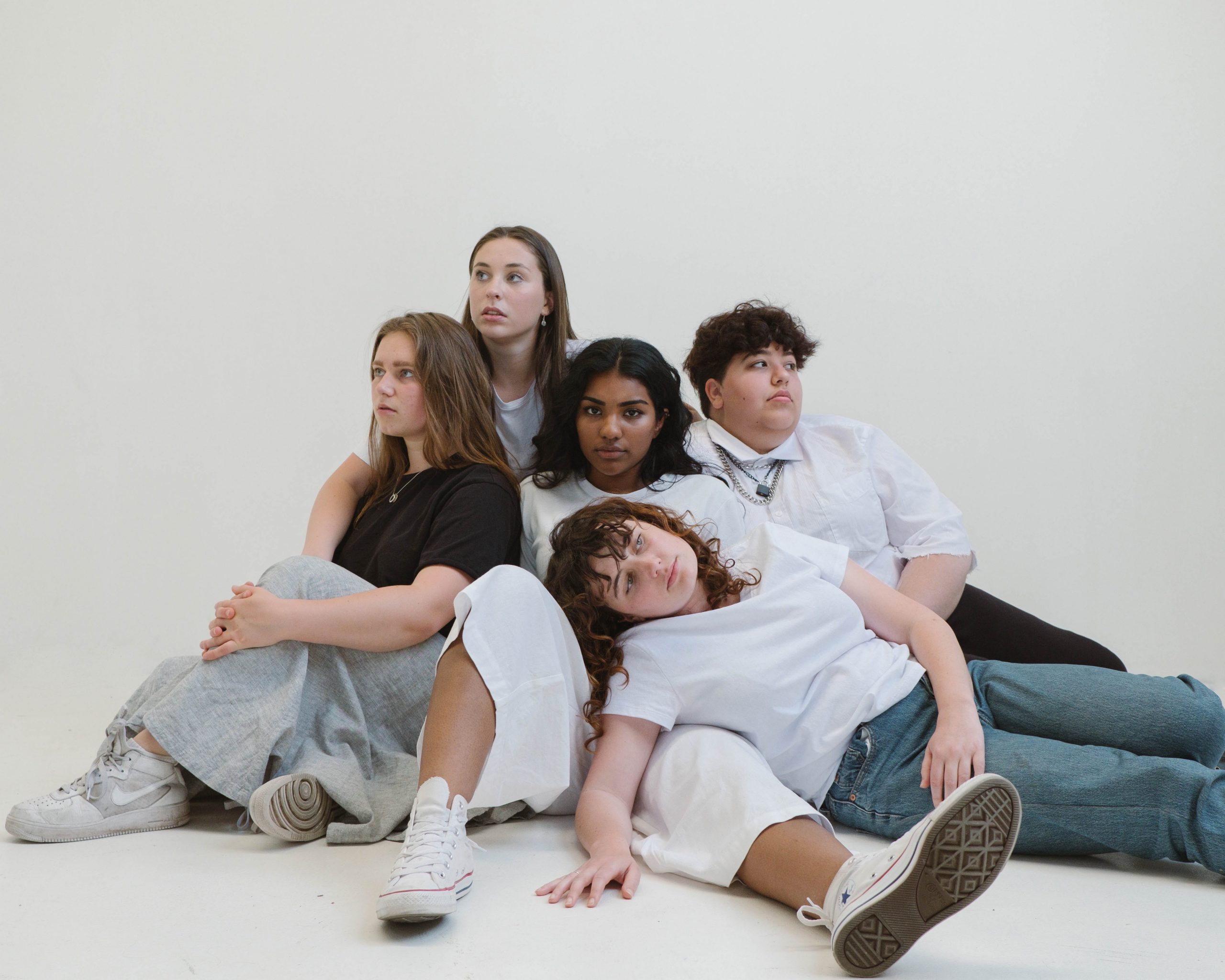The term “fast fashion” was coined at the end of the 20th century, and the industry has been nothing if not true to its name. Over the past few decades fast fashion retailers have evolved from a growing business to a norm within the fashion industry, with the internet greatly expanding their reach and speed. The modern mix of technology, industrialization, and globalisation has laid the groundwork for an industry that is constantly reinventing it’s image and rarely improving it’s practices.
Lately trend cycles have felt as though they’re moving at a breakneck speed, styles going in and out of fashion on a seemingly monthly basis. For university students, especially in a small town like Wolfville, ordering from fast fashion retailers may seem like a simple and affordable option for keeping up with trends. It’s easy, affordable, and the packages are delivered right to your doorstep. While the veneer of simplicity that fast fashion presents is certainly appealing, the truth of the industry is far more complicated.
There are numerous issues hidden away in the back end of fast fashion. The industry is known for engaging in intellectual theft, exploitation, and environmental pollution. The human rights abuses within the industry were brought to mainstream attention after the Rana Plaza disaster claimed the lives of 1,134 people in 2013, but exploitation still lives on within the system of fast fashion. There is another aspect of the industry that is infringing on global wellbeing, its massive environmental impact.
Most North Americans have never seen the pollution and waste that is produced by the fast fashion industry first hand. Fashion has an incredibly large footprint to keep so quiet, given that “[t]he fashion industry is currently responsible for more annual carbon emissions than all international flights and maritime shipping combined.” There are several points in the life cycle of a fast fashion garment at which pollution is an issue. This toxic side of fashion includes the use of water, chemicals, and plastic based fabrics during production, the carbon footprint of shipping garments globally, and the large amounts of waste produced by excess consumption.
There are several reasons why someone may want to break away from fast fashion, but it’s hard to know where to begin. This is especially true for university students who often have limited budgets and lack access to transportation. Luckily, Wolfville is home to several shops that offer vintage and second hand clothes. Retro Runway Fashions, Jane’s Again Boutique, and Daisy Roots Vintage all offer unique second hand finds steps away from the Acadia campus.
Shopping second hand has become a trend in it’s own right over the past decade. From Macklemore’s 2012 hit “Thrift Shop” to the thrift haul videos that have populated YouTube for years, thrift shopping has continued to entice consumers looking to curate a certain style. High fashion brands and fashion brands have both capitalised on the imagery of second hand clothes (one example of this is a popular skirt from the Miu Miu SS22 collection that evokes the lowrise silhouette of the early 2000s and the styling of deconstructed menswear — a look that has already been picked up on by fast fashion retailer Fashion Nova). Ultimately, thrifting is about more than just a vintage or upcycled aesthetic. Sure, it’s a great way to find one of a kind items and resurrect old styles, but it’s also a path to break free of the endless cycle of fast fashion that has overtaken our culture.
Second hand shopping can help with a number of the prevalent issues within the fashion industry. Buying used garments allows for consumers to enjoy new styles without the need for new items to be mass produced. Giving an item new life can also help prevent it from being thrown away (which is especially significant considering that in 2015 Americans threw away 21 billion pounds of clothing and textiles). Shopping second hand also creates the opportunity to find high quality, unique pieces for accessible prices.
I had the opportunity to speak with Jani MacDonald, the owner of Jane’s Again Boutique, about the benefits of shopping second hand and the joys of the Wolfville community. Jane’s Again is a consignment shop located on Main St. in Wolfville that has been in business for 14 years. The shop offers trendy, modern styles for women of all ages. The shop offers second hand clothing from a number of brands, including pieces from major fast fashion retailers that have been given new life.
For Jane’s Again, it’s all about coming together as a community of women to share in fashion. Jani emphasised the goal of the store to help all women access fashion, regardless of age or budget. According to Jani “the whole premise of Jane’s is for women to share with women. In conjunction with being more sustainable, it was also about women sharing with women because not everyone has the means to go out and drop a lot of money on clothing. We should all be able to feel good about ourselves.”
When asked about the best part about running Jane’s Again in Wolfville, Jani highlighted the community of both employees and shoppers. Jani commented that “you’ve got young women in this town that are just getting started. They’re so optimistic about their education and about life. I can’t tell you how amazing it is to be in a town like Wolfville and see that and be a part of that every day.”
Breaking away from large fast fashion corporations has larger impacts on the community as well. Shopping locally reduces transport emissions and helps to support the Wolfville community. Second hand shopping has a rich history within Nova Scotia, Jani highlighted that “Nova Scotia has been leading the way in second hand clothing.” Nova Scotians have long embraced buying used clothing, Frenchys being an early example of a second hand clothing shop that has grown to have locations across the province.
Making a clean break from fast fashion is a nearly impossible task in the modern landscape, but that doesn’t mean that there are no sustainable fashion options. Making conscious fashion choices doesn’t have to be an all or nothing endeavour, and it doesn’t have to be a difficult task either. Shopping second hand can be an exciting and budget friendly way to explore fashion and incorporating it into your life can make your wardrobe more sustainable. There are always ways to make your style a little bit more friendly to the planet — even in a small town.
*Some quotes have been edited for brevity and clarity





